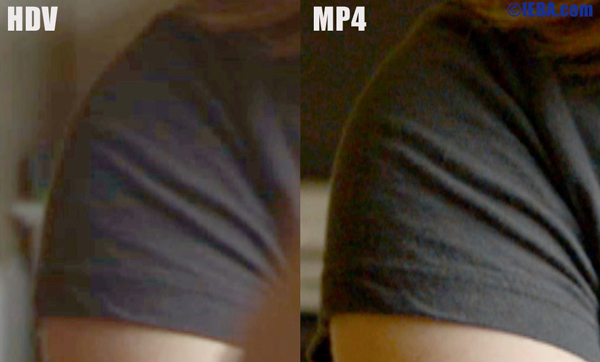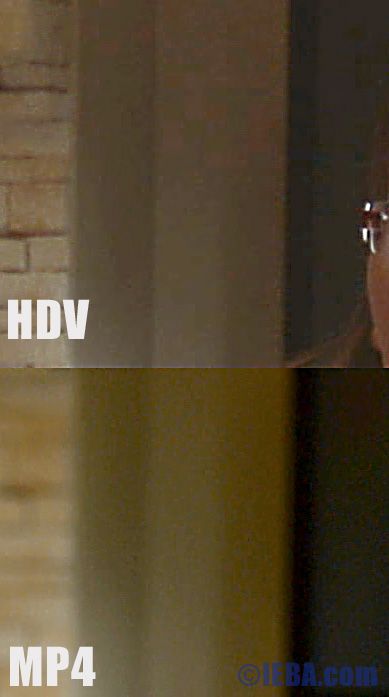Review: Nikon D800 DSLR, Part 2: Usability and Image Quality
In Part 1 of this two-part series on the Nikon D800, I looked at the operation and functionality of the D800 DSLR as a video camera. Now, in Part 2, I'll share some usability notes, as report the results of some audio and video tests (with test footage) comparing the D800 to another highly regarded DSLR, the Panasonic GH2--to see if a lower-priced but very capable DSLR can measure up with quality glass--and to a more traditional prosumer camcorder.
DSLR Vs. HDV Footage Comparison
I’m one of those shooters who generally prefer video captured with CCDs so I never have to deal with rolling shutter, flash banding, moire, aliasing, and various other irritants that arise in DSLRs and camcorders that use CMOS lenses. Plus, a real camcorder offers easy access to every feature I need, including a nice servo zoom, all while recording video. But today’s cameras are delivering better images. When I bought it, my Sony HDV cost about what the Nikon and a lens costs now. How do the images between this 8-year-old HDV technology and the brand new Nikon D800 compare? Let’s find out.
The HDV format records 1440x1080i60 while the Nikon records full 1920x1080p30. Even with less true resolution, the HDV camera looks a lot sharper than the Nikon (see video, above). I’ve grown to truly dislike interlacing--especially as computer screens and tablets become the primary ways we watch video clips. So I deinterlaced the HDV video to more match the feel of the progressive Nikon footage. This deinterlacing blurred the HDV image, but to my eyes, the HDV is still sharper.
Ironically, when I look at the subject’s shirt, the Nikon appears to have more detail in the fabric (Figure 3, below). I attribute this to two factors: 1, the Nikon does an excellent job reaching into the blacks and maintaining detail; 2, the MPEG-2 compression in HDV simply does not have enough bits to keep the fabric detail when their entire Sony image is filled with more detail.

Figure 3. In certain respects, the D800 is sharper than HDV.
The Nikon, by the nature of the blurred background, is able to allocate more bits to preserve fine detail in the person's clothing. They both have similar data rates, but the MPEG-4 used by the Nikon is much more efficient with those bits. In the HDV footage, you can clearly see compression artifacts in the lifted mid-tones in the background (Figure 4, below). We'll cover sharpness more in the next section.

Figure 4. HDV's MPEG-2 clearly pales in comparison here.
The HDV footage clearly has a much deeper depth of field than the full-frame Nikon. The brick wall in the back is mostly in focus and when I look through still frames, the subject’s hands in front of her are in clear focus as well. This is at a distance of about 20 feet. Comparatively, the back wall is clearly blurred in the Nikon's footage. Even her hands a couple feet in front if her are clearly not as sharp as her face is. This provides the dramatic isolation of her face and guides the viewer to look at her.
Related Articles
In the P7700, Nikon has improved on earlier P7000 models with numerous video formats and a microphone input, plus a tilt-swivel display and several under-the-hood improvements. Is this the video-and-stills powerhouse I've been waiting for?
D7100 features 24.1 megapixel CMOS sensor, 51 focus points including 15 cross-type sensors, 100-6400 ISO range, and new WU-1a wireless mobile adapter
In this two-part series, we'll examine how well Nikon's much-heralded D800 DSLR works as a video camera, in terms of operability and functionality. In part two, we'll report on some audio and video tests comparing the D800 to another highly regarded DSLR, and to a more traditional prosumer camcorder.